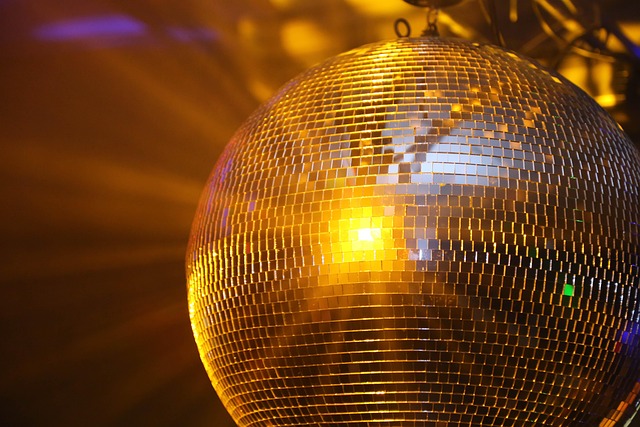
Exploring the Ambient Universe: How Ambient Music Enhances the Entertainment Industry
In an era where the arts are constantly evolving, the ambient genre has carved out a significant niche, providing a serene backdrop that enhances various forms of entertainment. From intimate concerts to grand festivals, ambient music creates an immersive experience that invites listeners to explore deeper emotional landscapes.
The entertainment industry has long recognized the power of sound, and ambient music plays a pivotal role in this relationship. Its ethereal, often instrumental nature has the ability to set the mood, stirring feelings of nostalgia, calmness, or even euphoria. Whether it’s the tranquil sounds filling a gallery during an art exhibition or the haunting melodies underscoring a scene in a film, ambient music acts as a silent accomplice, shaping the way audiences engage with visual art forms.
Concerts and festivals have begun to feature ambient music more prominently, transforming them into holistic experiences rather than just performances. Artists like Brian Eno and Tycho have taken to the stage with stunning visual displays that contribute to a multi-sensory experience. The ambiance created by their music allows audiences to lose themselves in the soundscapes, blurring the lines between performer and spectator. This is particularly noteworthy in outdoor festivals where the natural surroundings can harmoniously blend with ambient sounds, fostering a sense of unity among attendees.
In cinema, ambient music plays a crucial role in storytelling. Think of those chilling, atmospheric soundtracks that elevate a film’s emotional impact. Composers like Hans Zimmer and Max Richter skillfully incorporate ambient elements, providing an auditory cushion that supports the narrative without overwhelming. The gentle ebb and flow of ambient sound can linger on long after the credits roll, allowing viewers to reflect on the themes and emotions presented.
Within the music industry, ambient genres have emerged from the underground to gain wider recognition. Various sub-genres, including drone and chill-out music, have become popular in wellness spaces, yoga studios, and meditation apps, further illustrating the versatility and appeal of ambient sounds. As the industry continues to adapt, it opens doors for more collaborations between ambient artists and those in mainstream music, creating innovative soundscapes that resonate with a broader audience.
The integration of ambient music into these diverse sectors of the entertainment industry not only enhances individual experiences but also fosters a deeper connection between art and audience. As we continue to explore the ambient universe, we find that its influence stretches far and wide, enriching our entertainment landscape.

